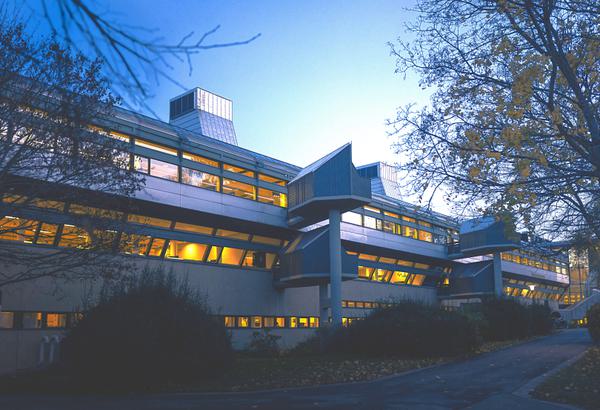The University of Edinburgh
The National Collection of Aerial Photography (NCAP) is actively working towards the complete digitisation of 30 million aerial photographs. This vast dataset covering the globe is a valuable resource for staff and students at the University of Edinburgh in a wide range of subject specialisms and research areas.
Academia and heritage
As one of the world's largest aerial photography collections and a leading academic institution, the collaboration between NCAP and the University of Edinburgh is a natural one. This partnership facilitates the provision of extensive datasets comprising potentially millions of images. The University of Edinburgh, home to world-leading academics and researchers, actively explores innovative uses for NCAP's collection.
Aerial photography held at NCAP, with its repeat overlapping coverage of areas over time, whether for reconnaissance or survey purposes, holds significant value for many research fields. While high-resolution satellite imagery has advanced in recent years, aircraft-based aerial photography often offers superior quality. Consequently, NCAP imagery frequently serves as the primary resource for studying ground conditions and changes over time.
New uses and users
These images offer valuable insights into land use changes, human development, climate change research, and military history. The extensive digital dataset produced by the NCAP team also presents significant opportunities for data science research.
Through our collaboration with the University of Edinburgh, we are dedicated to unlocking the full research potential of the NCAP Collection while contributing to the university's commitment to delivering an outstanding educational portfolio.
IN THIS SECTION

National Archives and Records Administration
In 2016, NCAP began a partnership with NARA to copy its extensive holdings of aerial photography, with a particular focus on images from the Second World War.

The Medmenham Association
With significant elements of the NCAP collection originating from RAF Medmenham, our relationship with the Medmenham Association remains a valuable one.

Edinburgh Parallel Computing Centre
NCAP has been an early adopter of EIDF, providing them with our huge dataset of photographic images to work with while accessing their critical mass of expertise in return.

Directorate of Overseas Surveys Partnership
Working with Stockholm University and the University of California (Berkeley), this partnership delivered a pioneering digitisation programme.